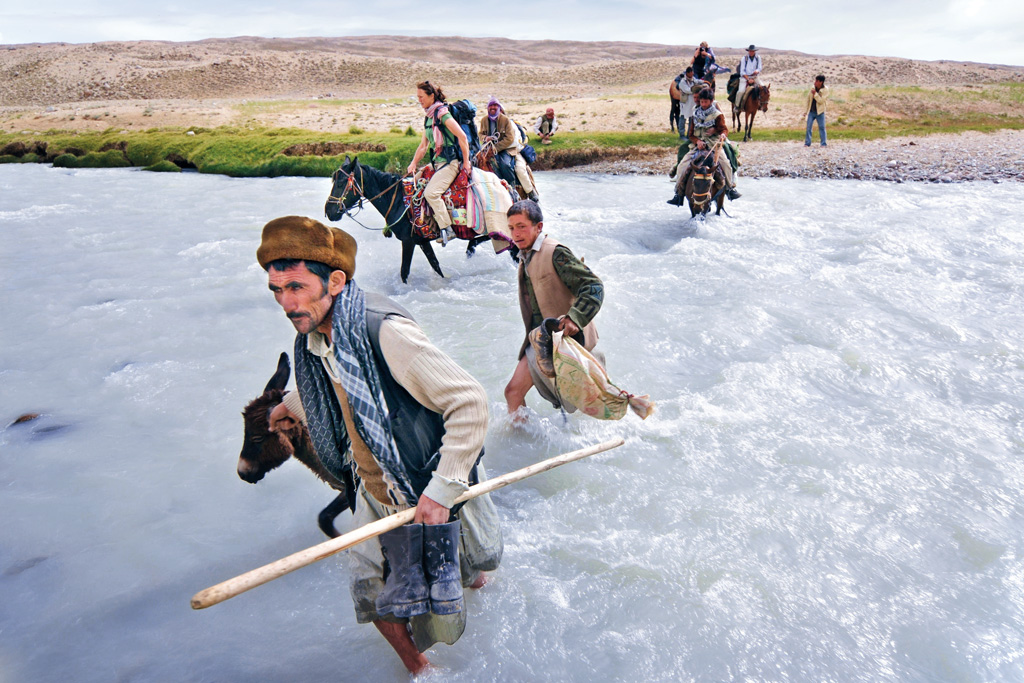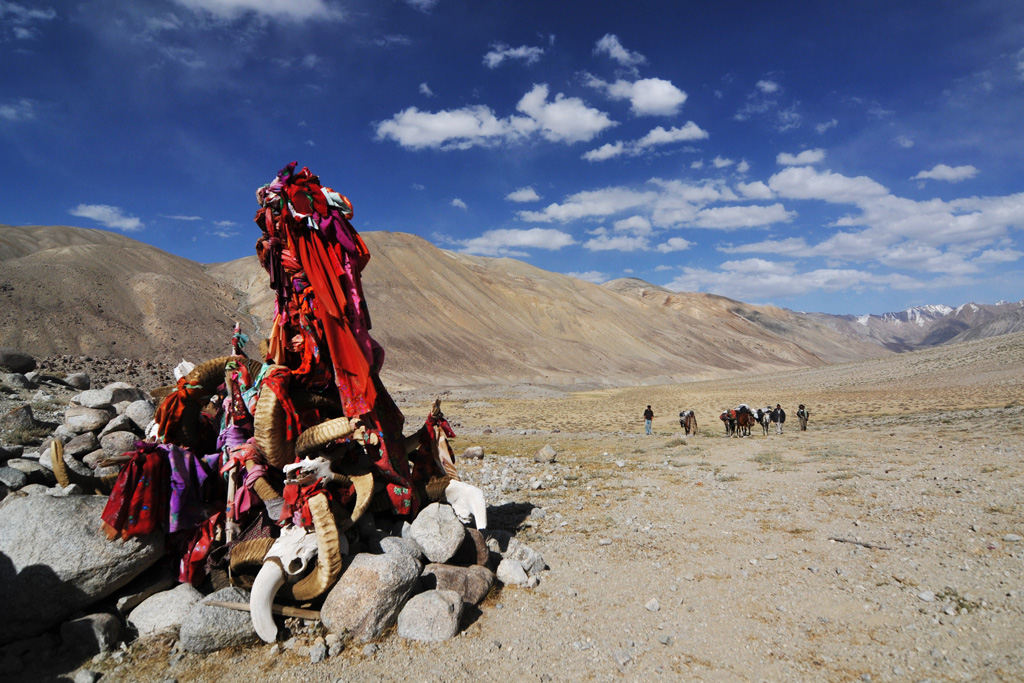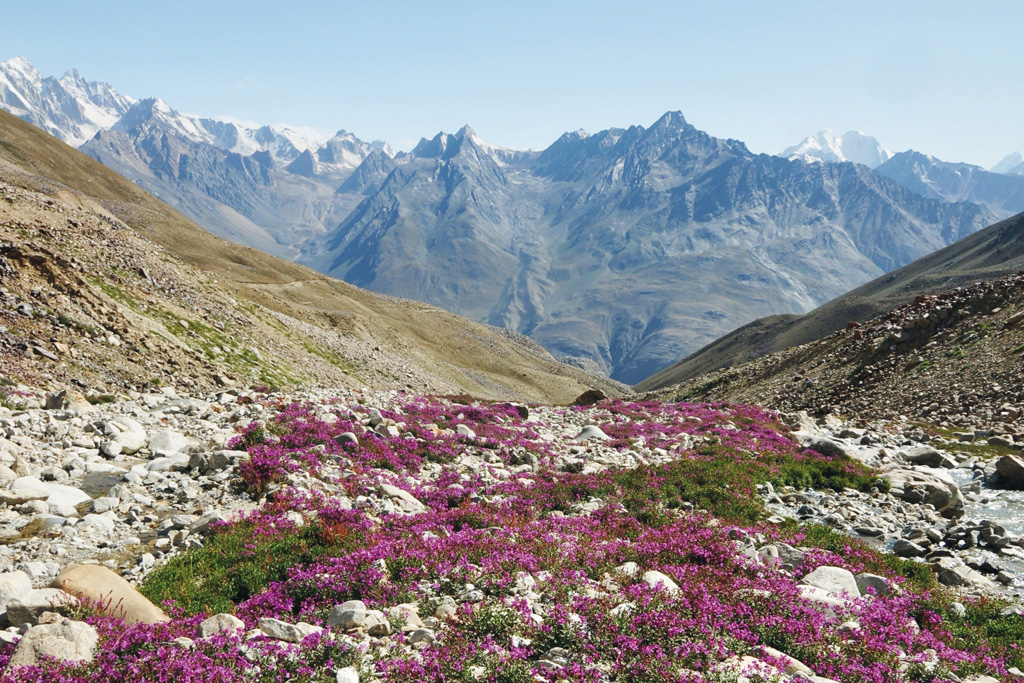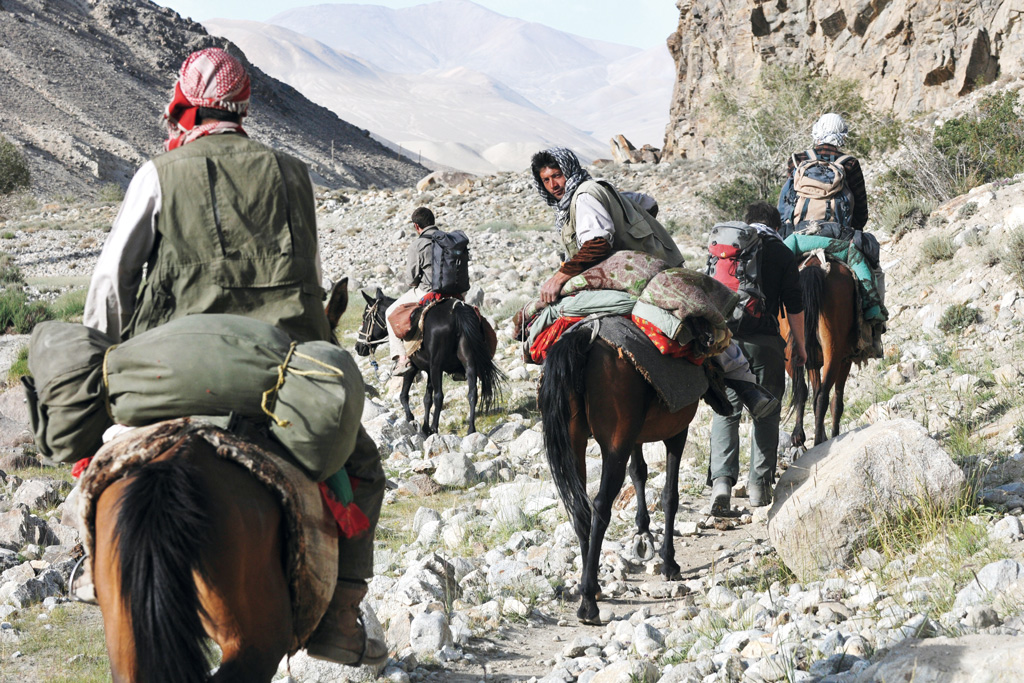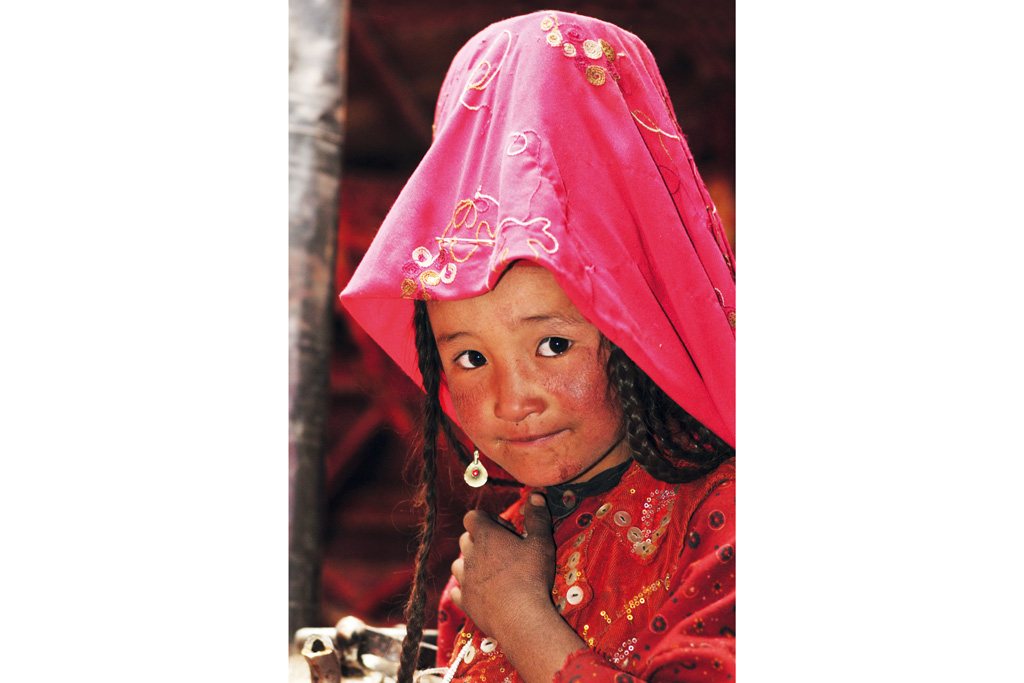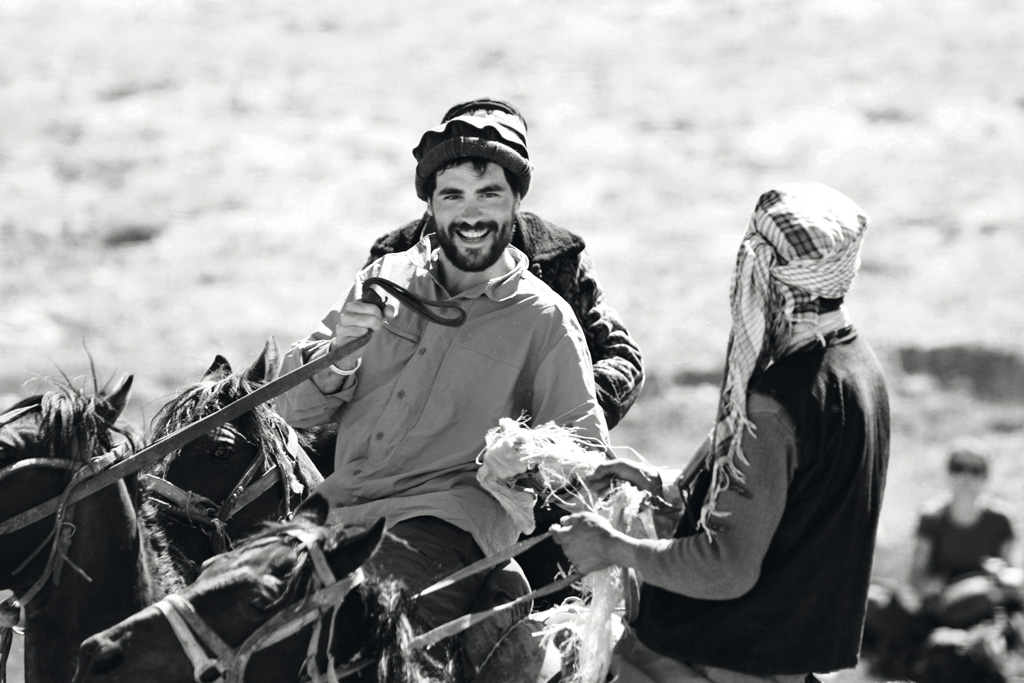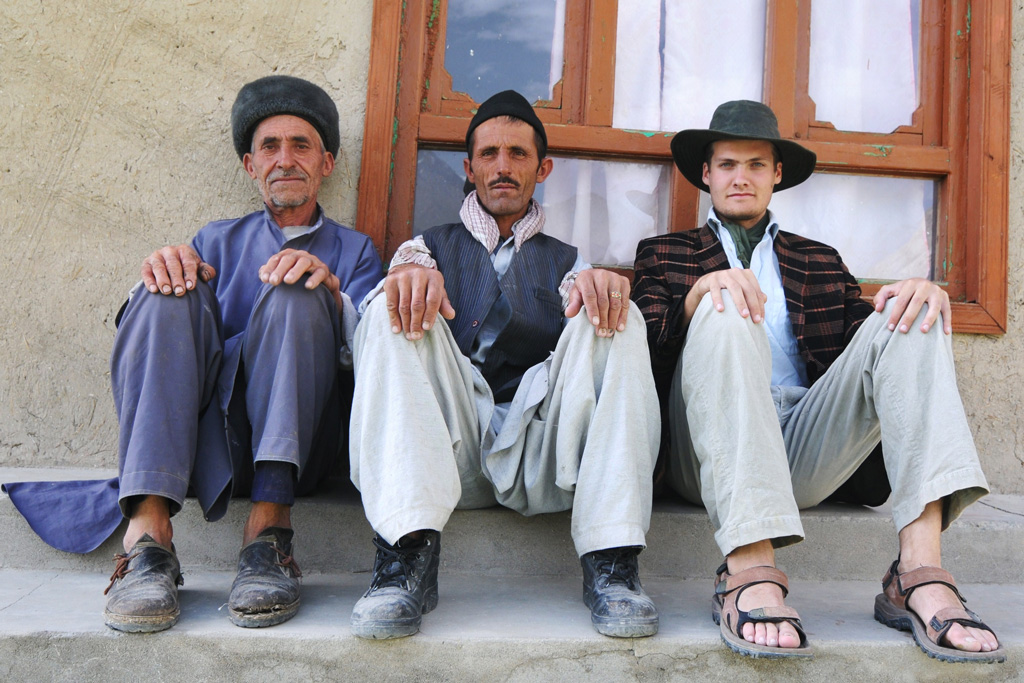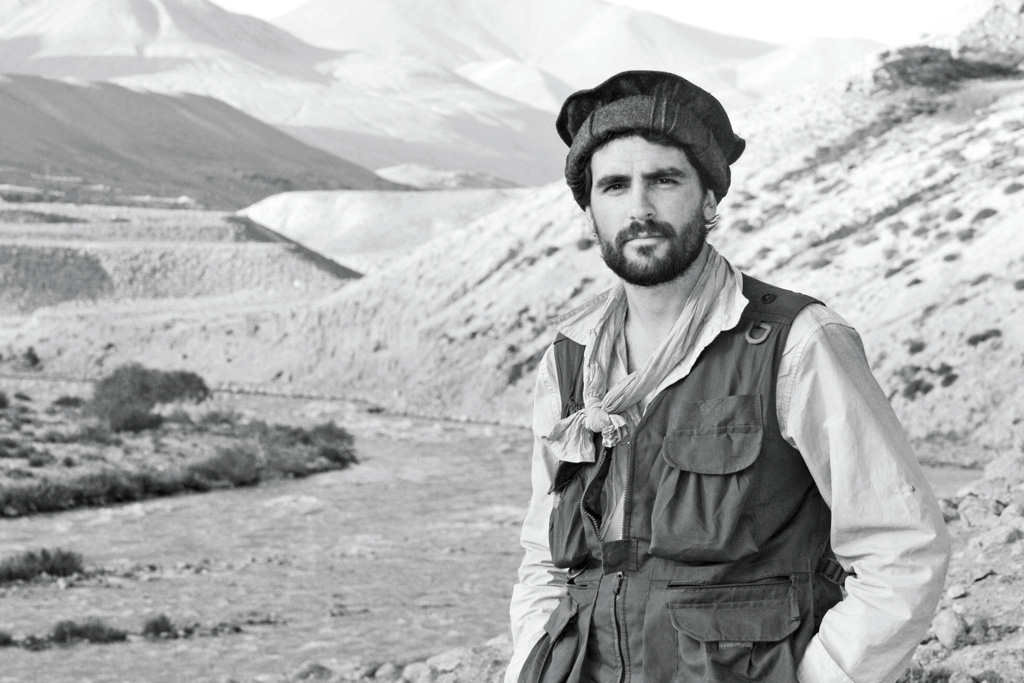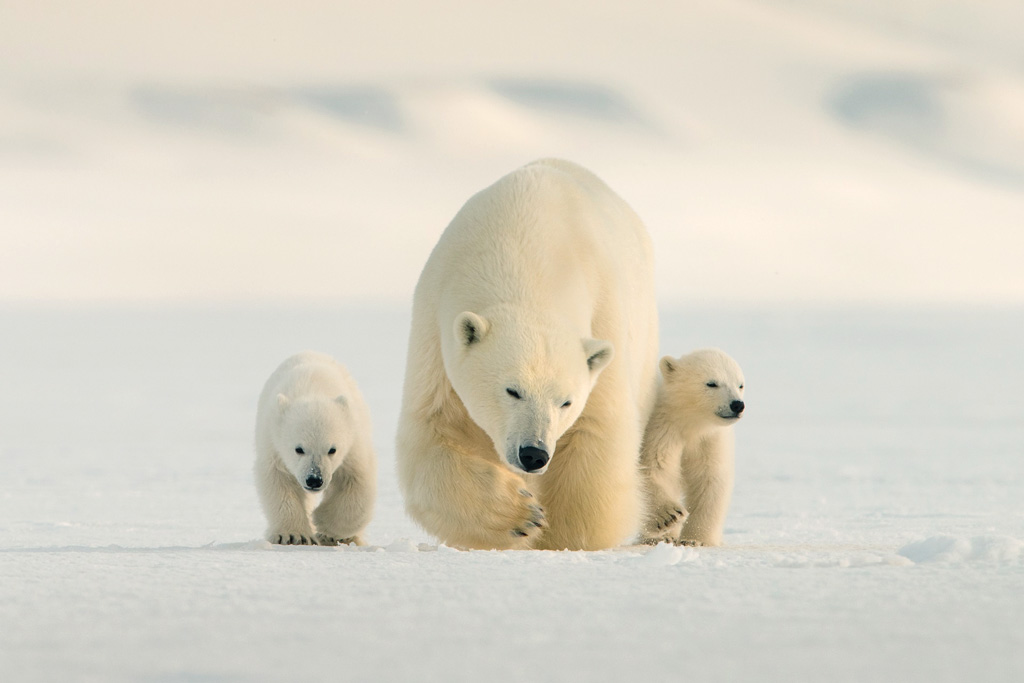Safe Steppes: Levison Wood Explores The Wakhan Corridor
Join explorer Levison Wood as he travels to the Wakhan Corridor in Afghanistan
This post may contain affiliate links. Learn more
The FCO advises against travel to Afghanistan but, far from the fighting, intrepid explorer Levison Wood discovers the hidden – and safe – wonders of the Wakhan Corridor, with its majestic trekking routes.
Waking to the sound of scraggy goats bleating out for their morning feed, the half-light of a dim sun pours across the camp, coming as a welcome relief to the frosty chill of the night. Opening my eyes, I squint across the valley, watching as long shadows retreat to reveal the towering peaks of the Pamir mountains. A man with skin like leather and draped in an old woollen army overcoat coughs, indicating it’s time to wake up. I smell the now familiar scent of burning yak dung on an open fire, and hope that tea is almost ready. I’m in the middle of one of the most remote valleys in Central Asia, in the depths of the Wakhan Corridor – an area that’s home to the wild tribes of Kyrgyz nomads and Wakhi shepherds.
As I look around at the scene, I’m transported back to the 13thcentury: round yurts covered in felt, yaks, goats, camels and ponies grazing in the high meadows, and smoke billowing from the fire. The men are wizened and hard, the women ageless, looking buoyant in their bright red robes, in stark contrast to the bleak open steppe that seems to go on forever. It’s no wonder the locals call it Bam-i-Dunya: the roof of the world. It has a stark, ancient feel and I wouldn’t have been surprised to see Genghis Khan himself galloping over the plains. It’s medieval in every way except one – many of the tribesmen carry rifles as protection against wolves, snow leopards and, of course, their militant neighbours. It’s a keen reminder that I’m in Afghanistan, one of the most dangerous countries in the world.
‘Why on earth do you want to go there?’ quizzed John, an old army pal, when I told him I was returning to the country in which we’d frequently been shot at before. Afghanistan. The mere mention of the word conjures up thoughts of the terror, turmoil and bloodshed that has defined its existence as a country for almost two decades. Even before the allied invasion to defeat the Taliban in October 2001, Afghanistan has had a historical timeline dominated by foreign conquerors and civil unrest, deeming it off-limits to all but the most foolhardy of travellers. The FCO currently advises against all travel to the vast majority of the country, putting off most potential visitors. And yet, extending out like an arched finger from the northeastern corner of the country, separating Tajikistan from Pakistan, runs Central Asia’s best-kept secret: the Wakhan Corridor – a strip of land so far removed from the troubles and conflict concerning the rest of Afghanistan that it’s seen as safe; what’s more it’s home to some of the most majestic trekking routes in the world. And now a steady stream of adventurers is ignoring the official naysayers and visiting this hidden wonder on foot and horseback, all arranged by a few select adventure travel operators that go the extra mile to ensure modern-day Marco Polos an experience like no other.
Avoiding the more troublesome southern parts of Afghanistan, I fly to the capital of Tajikistan, Dushanbe, where I meet my fellow trekkers, a mixed bunch of international wannabe explorers – a couple of journalists, an Aussie walker, a military doctor, and our local guide, Abdul. It will take a couple of days to drive from here to the border crossing on the Oxus river at Ishkashim, the gateway into Afghanistan. We follow the famous Pamir highway as it carves through some of the most sublime highland landscapes found anywhere. We rumble along in an old Russian off-roader, slowly approaching the snowy-capped Pamir Mountains, where we’ll spend the next fortnight. I’ve been intrigued by this part of the world ever since reading tales of the Silk Road and the Great Game – this is where the rivalry between Russian and British empires played out in the mid-19thcentury. But I’m equally keen to witness how local people live now. I’ve heard tales of centuries-old routines, seen pictures of weathered faces cloaked in the scarlet felts and shining trinkets that are proudly worn like uniform, yet also read that this is one of the poorest places in the world, with the highest infant mortality rate and an average lifespan of just 35. There are no hospitals and just a few rudimentary schools.
Entering the Wakhan Corridor the road withers into a gravel track and after 250km reaches Sarhad, where it disappears altogether and the real adventure begins. Heavy rain, snow and landslides make the valley inaccessible for half the year. The best time to visit the region is early autumn, before the snows close the high passes and the nomads move down to lower pastures. As we wave off the drivers I feel nostalgic to be on this ancient route, following in the footsteps of the likes of Marco Polo (who has a breed of local sheep named after him) and Alexander the Great, whose journeys here still echo in local collective memory. Having been cramped up in an old Russian off-roader, there’s a shared thrill to be finally on our feet and in the splendour of the nature enclosing us. The mountains surrounding the Wakhan are some of the highest and most rugged in the world; their overpowering presence makes the rest of Afghanistan seem manageable by comparison, and in their vast shadows it’s clear why this area of the country has been left to steer its own course. The Taliban haven’t been here and even the Russian army barely bothered with it.
We follow the Panj River for a day before climbing a further 1,000m to cross the Daliz Pass. Simple adobe mud huts are scattered along the trail and we settle into the nearest one before the night sky sets in. The only light we have comes from the fire Abdul builds inside, using wood gathered at the doorway. Our guides prepare food – vegetable stew and rice – and boil tea, which keeps us warm until we wrap up in our sleeping bags and fall soundly asleep, exhausted by the day’s travails. The next morning, rejoining the fast-flowing river, our team tracks it through remains of villages and pre-Islamic ruins. The trail sticks to the river’s course for the next few days and, as we get further into the mountains, the steep-sided valleys open up to the wide plains of the Afghan Pamir, home to the fabled Kyrgyz – descendants of the ancient Mongol hordes.
For two days our team lives among our new friends: born horsemen, prisoners of geography, now locked further into this land by politics and borders, they live a life unchanged in almost a millennium. Unable to exchange more than a few words of greeting, they teach us to herd yaks and make fires. They slaughter a goat and make room for us to sleep in a corner of their yurt. It’s a wary union and yet, despite our differences, we share laughter when I’m given the local delicacy – goat brains and eyeballs – only to realise the chief is just testing my resolve, to see if I’ll be daft enough to try it. For these nomads, unsupported by the Afghan government, living a subsistence life of hunting and trading basic goods with neighbouring tribes, they are hopeful that tourism will bring a new income and some relief to their struggles. As the chief passes over some delicious flatbread and yoghurt to make up for his practical joke and we discuss the journey ahead, I suddenly feel a wave of excitement at the prospect of some real exploration in a region only ever shown in a negative light. And that for me is the real joy of travelling – seeing with my own eyes what life is really like. If you want a true adventure in 2019 I can’t recommend strongly enough that you visit the roof of the world.
Levison Wood visited the Wakhan Corridor with Secret Compass.
Up For An Adventure?
Ski Kamchatka
Head to Russia’s easternmost peninsula to ski 2,000 vertical metres down volcanoes all the way to the sea in one of the most unique landscapes in the world. Helicopter, shovel and satellite phone included… pelorusx.com
Moroccan Weekender
Conquering Morocco’s Atlas Mountains is a weekend well spent. Mountain bike, run and hike through the spectacular scenery that separates the Mediterranean and Atlantic coastlines from the Sahara. igoadventures.com
Race The Jet
Be one of 24 runners taking on the ultimate marathon in Antarctica’s White Desert. Participants have just five hours to complete 42km, racing each other as well as the clock – or they miss the flight home. white-desert.com
Amazonian Guyana
Go deep into a rarely visited corner of the earth for an epic experience where you’ll cross uncharted jungle and rolling savannah, test your survival skills and live with Amerindians and Vaquero cowboys. epictomato.com
Polar Bear Kingdom
A rare opportunity to join part of the team behind BBC’s Frozen Planet series in an expedition which traverses restricted regions of Svalbard, crossing frozen fjords in search of polar bears and arctic wildlife. niquesatravel.com
Discover more Travel and Sport:
The Best European Music Festivals for Summer 2019 | Where to Find Winter Sun | The Best Stables in the UK | The Races to Register for in 2019

